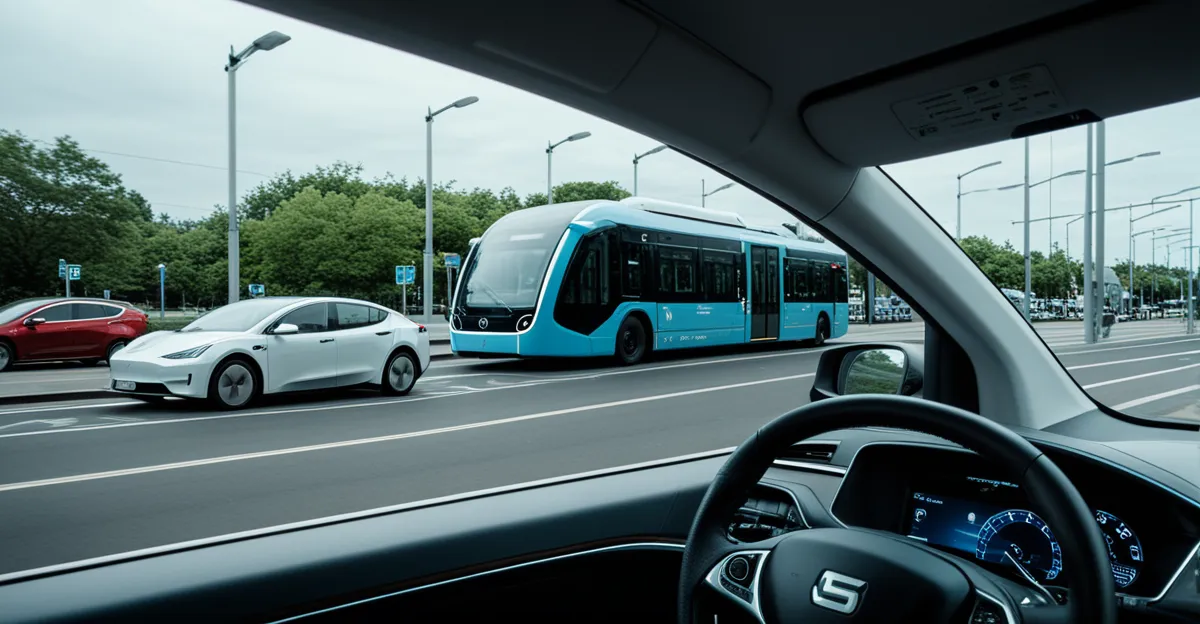The Role of Electric Vehicles in Modern Public Transport
Electric vehicles in public transport are revolutionizing how cities approach urban mobility. The integration of these vehicles is crucial for developing sustainable and efficient transit systems that meet growing environmental and societal demands. As cities adopt electric buses and trams, public transportation innovations emerge that prioritize cleaner, quieter, and more reliable services.
The impact of EVs goes beyond just reducing emissions; it reshapes public transportation strategy. Transit agencies are shifting focus toward electrification, investing in fleet upgrades, and smart charging systems tailored to electric vehicles in public transport. This shift enables greater route flexibility and operational efficiency, directly benefiting passengers and city planners alike.
Also read : How are Electric Vehicles Transforming the UK’s Job Market?
Current trends include rapid advancements in battery technologies, which extend range and reduce charging times, enhancing the practicality of electric public transit. Governments increasingly support these transformations through incentives and urban planning reforms aimed at facilitating EV adoption. Consequently, electric vehicles in public transport are an essential component of modern transit solutions, promising a cleaner, more connected urban future.
Environmental Benefits of Electric Public Transport
Electric vehicles in public transport contribute substantially to EV sustainability by delivering significant reductions in greenhouse gas emissions. Compared to conventional diesel buses, electric buses eliminate tailpipe pollutants, cutting urban air pollution and improving air quality—an essential factor for public health in densely populated areas. This reduction aligns closely with broader green public transportation initiatives aimed at creating cleaner, more livable cities.
Additional reading : How can advancements in electric vehicles shape the future of transportation innovation?
How does electric public transport achieve emissions reduction? The answer lies in its zero-emission operation at point of use coupled with increasingly cleaner electricity grids. As power generation transitions toward renewables, the overall carbon footprint of electric transit shrinks further, enhancing the impact of EVs on sustainability.
Moreover, many global and local policies actively promote EV adoption through subsidies and regulations. This support encourages transit agencies to invest in electric fleets, bolstering the momentum behind emissions reduction targets. Public transportation innovations incorporating EVs thus serve as critical pillars in meeting international climate goals while fostering healthier urban ecosystems. The ongoing deployment of electric buses and trams demonstrates tangible progress toward greener, more sustainable urban mobility.











